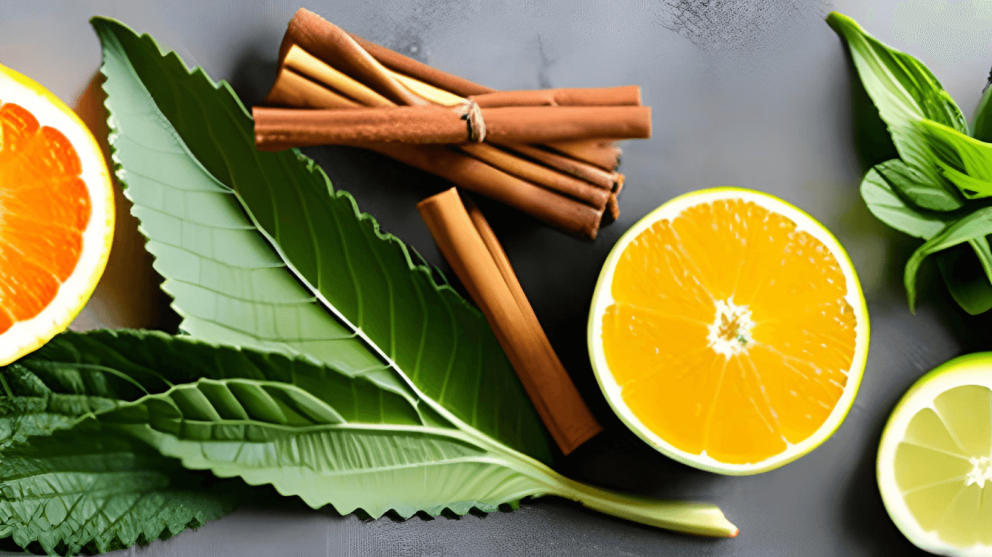What are Terpenes?
You may have noticed that different cannabis strains have different scents ranging from earthy pine and floral notes, to sweet, spicy and fruity fragrances. These unique aromas come from natural oils called “terpenes”. Terpenes are not unique to cannabis, in fact they make up the largest percentage of aromatic oils contained in most plants, foods and herbs.
Where do Terpenes Come From?
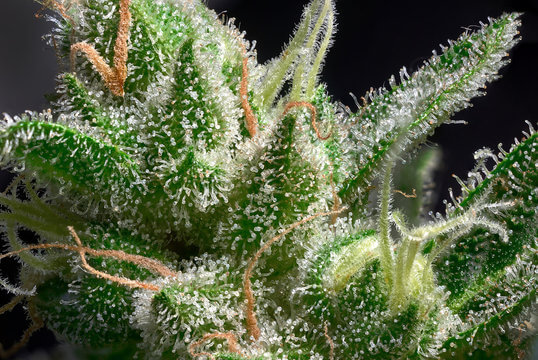
Cannabis terpenes are naturally occurring oils found in the ‘Trichomes’ of the female cannabis plant. Trichomes are small, translucent hair-like structures that cover the cannabis plant. Trichomes are also the reason why cannabis can be sticky to the touch. Sometimes terpenes are extracted from other botanical sources such as clove, citrus, lavender, and pine needles and added to cannabis products to enhance the products therapeutic benefit, taste and smell.
The Endocannabinoid System
The human body produces endocannabinoids which activate our CB1 and CB2 receptors within our endocannabinoid system. Cannabis generates phytocannabinoids that stimulate these same receptors. The activation of these receptors causes the therapeutic effects in the body that cannabis is known for such as pain relief, nausea relief, and appetite stimulation. Terpenes interact with our endocannabinoid system and assist cannabinoids in entering the bloodstream in a process called the entourage effect.
The Entourage Effect
Terpenes provide a variety of aromas and flavors to your flower, but also provide a range of effects on their own that can modify or alter your cannabis experience. Contrary to common belief, THC isn’t solely responsible for the type of high you experience when using cannabis. The reality is that cannabinoids and terpenes work together in synergy to produce different effects in varying cannabis strains. This is what is known as the “Entourage Effect”. Cannabinoids alleviate symptoms by attaching to specific receptors in your body, and so do terpenes! For example, the terpene Linalool can attach to your serotonin receptors to help treat conditions such as anxiety, depression, and insomnia.

Most Common Terpenes Found in Cannabis

Myrcene is the most commonly found terpene in cannabis, and is known for providing an overall feeling of relaxation. This is thought to be the main terpene responsible for that “couch-lock” feeling.
Aroma: Herbal, Earthy, Pepper
Effects: Sedating, Relaxing
Medical benefits: Sedative, anti-inflammatory, anti carcinogenic, analgesic, muscle relaxant, anxiolytic, antioxidant
Possible treatment for: Multiple sclerosis, insomnia, arthritis, inflammation, general pain
Commonly found in: Sweet Basil, Thyme, Hops, Lemongrass, Parsley, Mango
Dominant Strains: Blue Dream, OG Kush, Mowie Wowie, Green Crack

Limonene has the ability to promote stress relief and is believed to be responsible for the “cerebral and euphoric” feelings that some strains provide. This terpene is also believed to be a permeation enhancer for oral and topical products that are produced with nano-emulsion technology.
Aroma: Citrus, Lemon, Orange
Effects: Elevated mood, stress relief
Medical benefits: anxiolytic, antidepressant, antibiotic, chemotherapeutic, anti inflammatory, analgesic and immune stimulant
Possible treatment for: multiple sclerosis, crohn’s, GERD, anxiety, depression, inflammation, pain, asthma, obesity, arthritis, cancer (particularly skin, breast, prostate, and glioblastoma)
Commonly found in: Citrus fruit rinds, Rosemary, Peppermint
Dominant Strains: Do-Si-Dos, MAC, Banana OG, Berry White

Pinene is the most commonly found terpene in the natural world, and has two different forms: Alpha-Pinene and Beta-Pinene. Alpha-Pinene is the most common form of this terpene found in cannabis. Pinene can potentially help with the short-term memory loss associated with THC.
Aroma: Pine, Wood
Effects: Alertness, memory
Medical benefits: anti inflammatory, bronchodilator, antibiotic, anxiolytic and analgesic
Possible treatment for: arthritis, dementia, asthma, SARS, acne, cancer (particularly neuroblastoma, melanoma, and hepatic carcinoma)
Commonly found in: Pine needles, Rosemary, Dill, Sage
Dominant Strains: Jack Herer, Strawberry Cough, Dutch Treat, Romulan
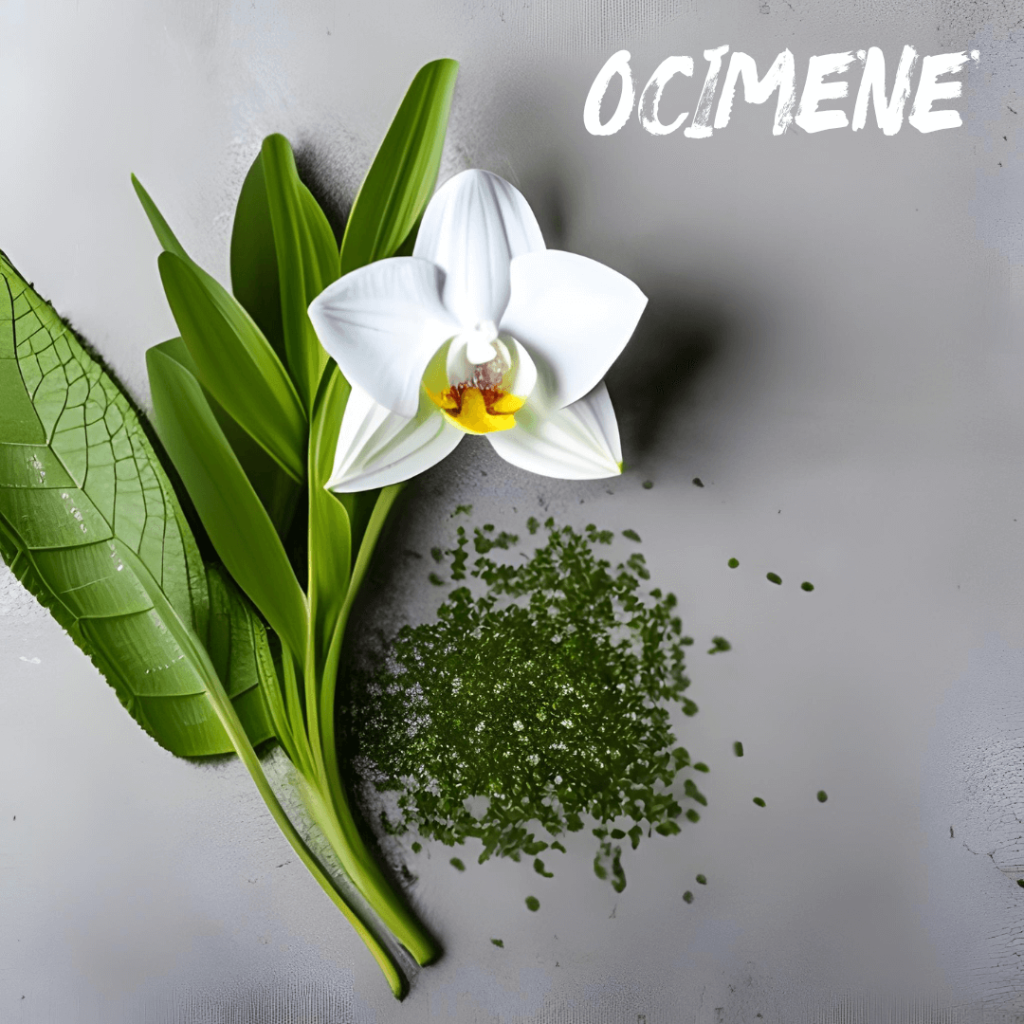
Ocimene is an uplifting terpene commonly found in basil, mango, mint and orchid flowers, and is commonly used in perfumes and cosmetics. While this terpene is understudied compared to other cannabis terpenes, scientists have suggested that Ocimene could hold promise for seizure related disorders while also exhibiting antifungal and anti-inflammatory characteristics.
Aroma: Floral, sweet, woody
Effects: uplifting, stimulating
Medicinal benefits: anticonvulsant, antiviral, anti inflammatory, antitumor, antifungal, decongestant, expectorant
Possible treatment for: seizure disorders, ringworm, SARS
Commonly found in: mint, mango, basil, lavender, hops, parsley, orchid flowers
Dominant Strains: Afgoo, Super Lemon Haze, Space Queen, Strawberry Cough


Linalool is a common terpene found in over 200 different species of plants, and every person regardless of if they use cannabis, consume about 2 grams of linalool per year through food. Linalool, most commonly found in lavender, is known for its calming and relaxing effects.
Aroma: Floral, Sweet, Citrus
Effects: Calming, Anxiety relief, sedation
Medical benefits: anti inflammatory, anticonvulsant, relaxant, analgesic, sedative, anti depressant, and anxiolytic agent
Possible treatment for: anxiety, stress, depression, insomnia, pain, seizures
Commonly found in: Lavender, Mint, Laurel, Roses
Dominant Strains: Granddaddy Purp, Lavender Kush, Candy OG, Wedding Mints, Durban
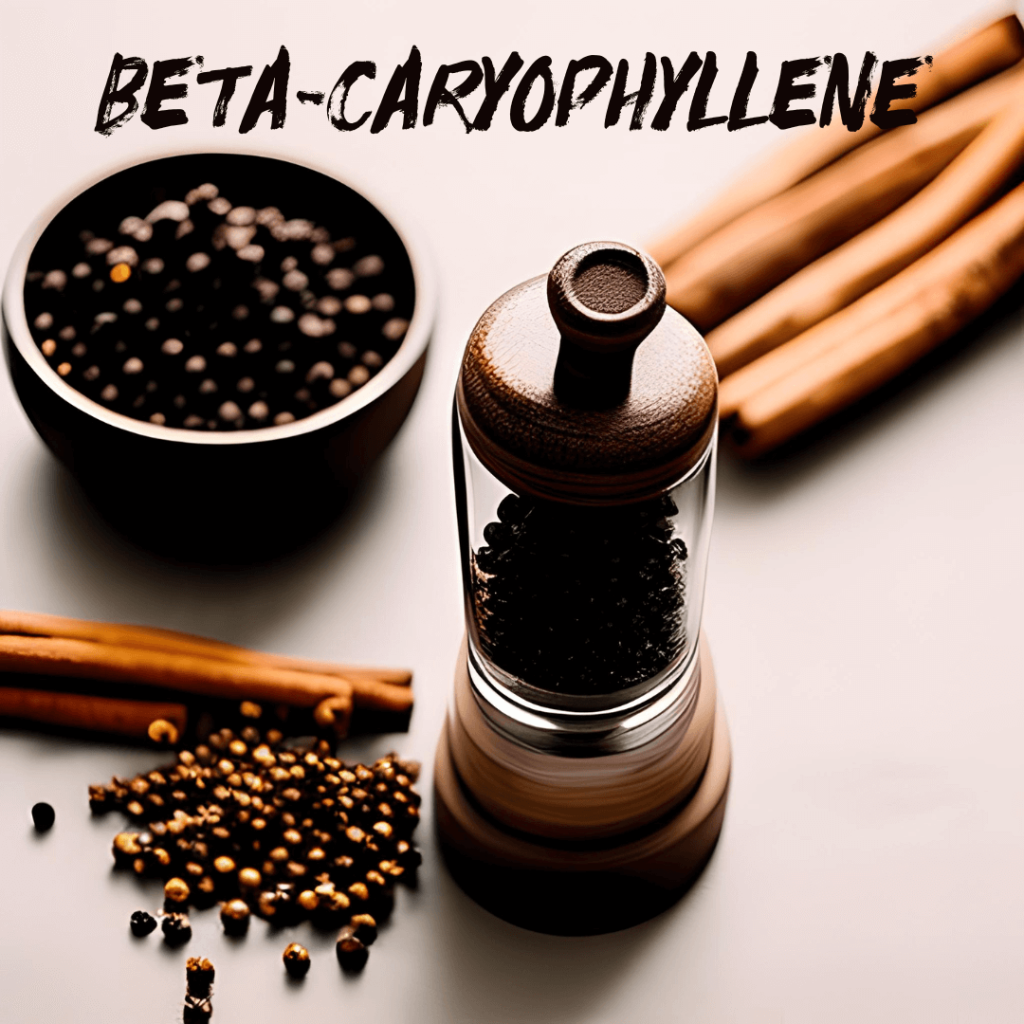
beta-Caryophyllene has a difference in molecular structure that makes it unlike any other terpene. Caryophyllene is the only known terpene that can also act as a cannabinoid, and can activate our endocannabinoid receptors. This terpene shows potent anti-inflammatory effects and pain relieving properties.
Aroma: Pepper, Wood, Spicy
Effects: Acts like a cannabinoid by binding and activating CB2 receptors
Medical benefits: cardioprotective, analgesic, hepatoprotective, gastroprotective, neuroprotective, nephroprotective, antioxidant, anti inflammatory, antimicrobial, immunomodulator
Possible Treatment for: Crohn’s, Parkinson’s, dementia, anxiety, depression
Commonly found in: Cinnamon, Black pepper, Thai Basil, Cloves, Oregano
Dominant Strains: Sour Diesel, Cookies and Cream, Chemdog, Death Star
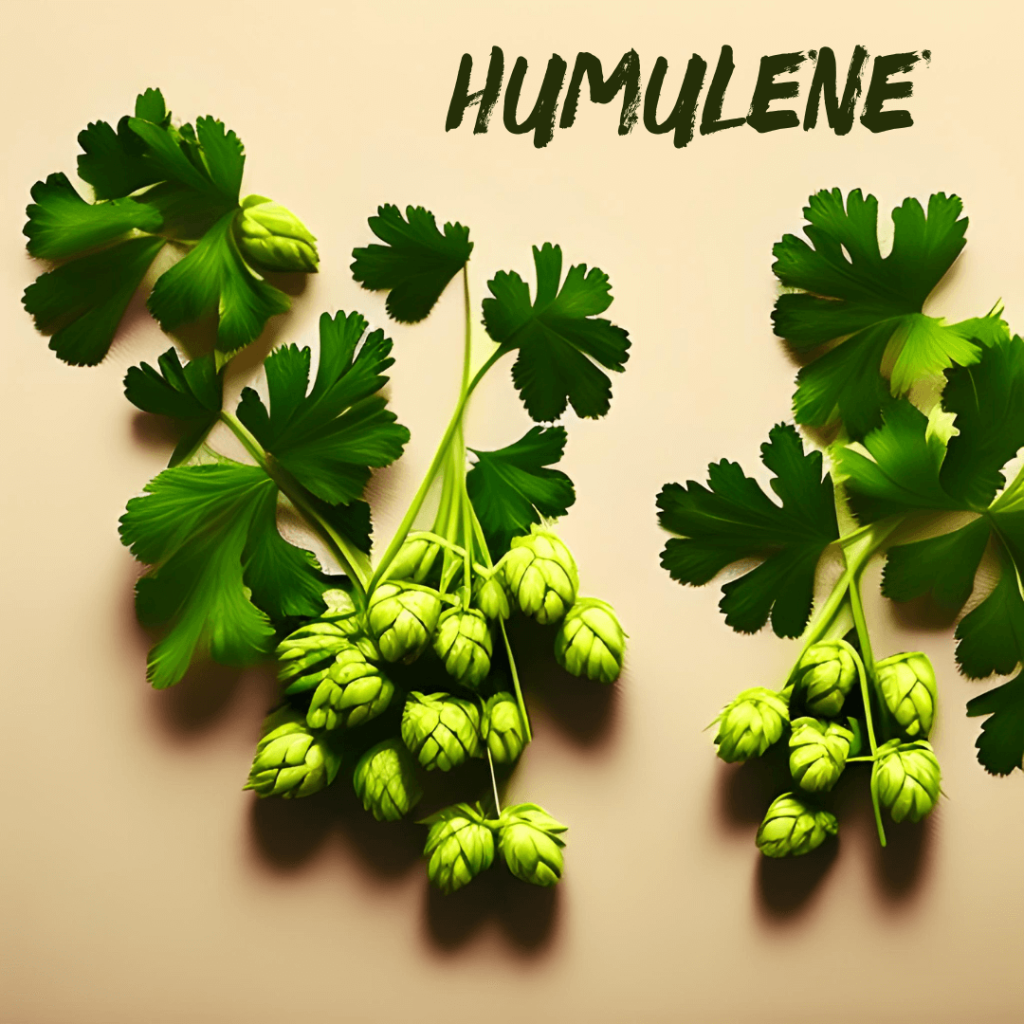
Humulene has been known for its similarity to hops and can be found in the flowering cones of the hops plant. Humulene has been shown to act as a natural defense system in the cannabis plant to fight against pests, animals and bacteria.
Aroma: Spicy, Earthy, Hops
Effects: Appetite suppressant, sedation
Medical benefits: Antitumor, antibacterial, anti-inflammatory, analgesic, possible appetite suppressant
Possible Treatment for: obesity and other metabolic conditions, inflammatory and systemic pain
Commonly found in: Coriander, Ginger, Sage, Ginseng, Hops
Dominant Strains: Headband, Girl Scout Cookies, Super Lemon Haze, White Widow
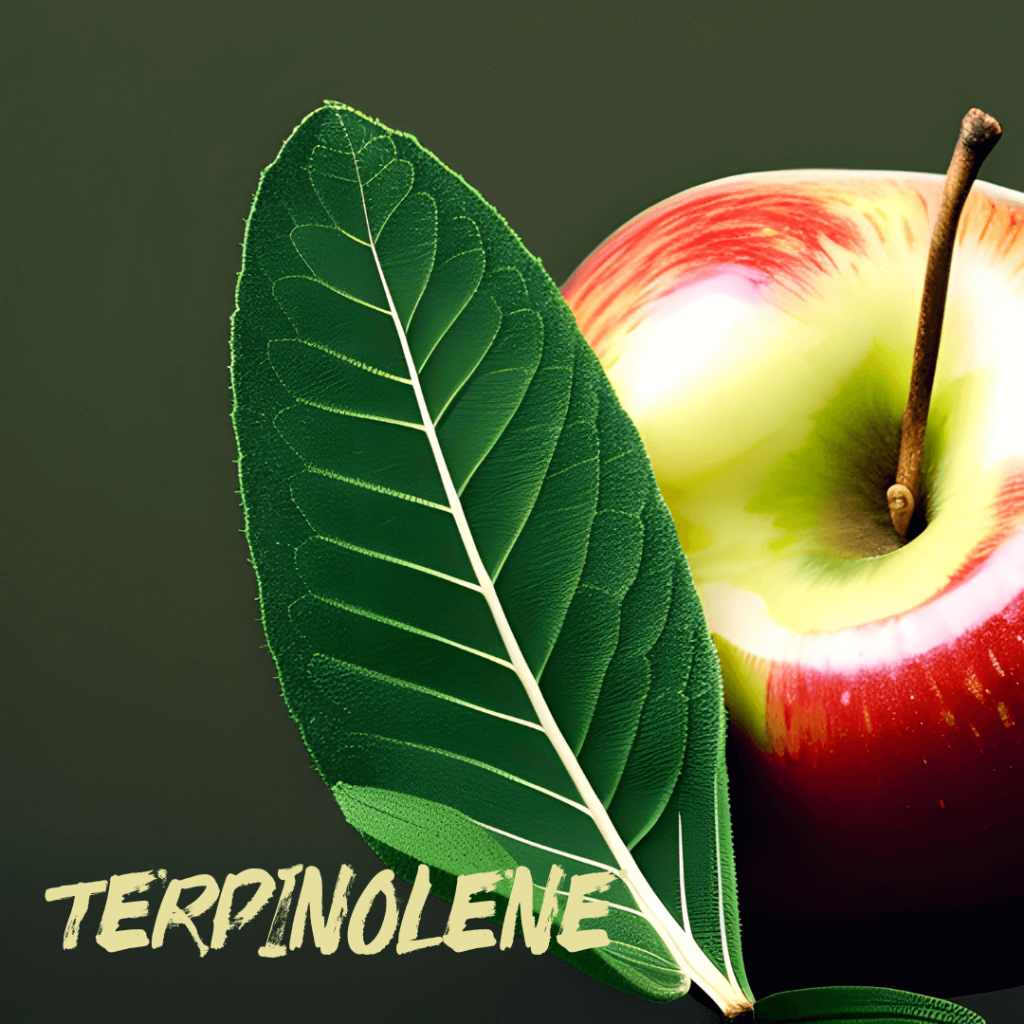
Terpinolene is a floral scented terpene that shows sedative properties in mice but consumer reports suggest that it can be stimulating in humans. The Entourage Effect–THC and terpinolene combined–may be the reason for this inconsistency.
Aroma: floral
Effects: focused, relaxed
Medical benefits: sedative, antioxidant, antiproliferative, cardioprotective, analgesic and anti inflammatory.
Possible Treatment for: hypertension, inflammatory pain, cancer (particularly neuroblastoma and chronic myelogenous leukemia)
Commonly found in: Parsnip, Apples, Pines, Turmeric leaf, Sage
Dominant Strains: XJ13, Chernobyl, Durban Poison, Dutch Treat


